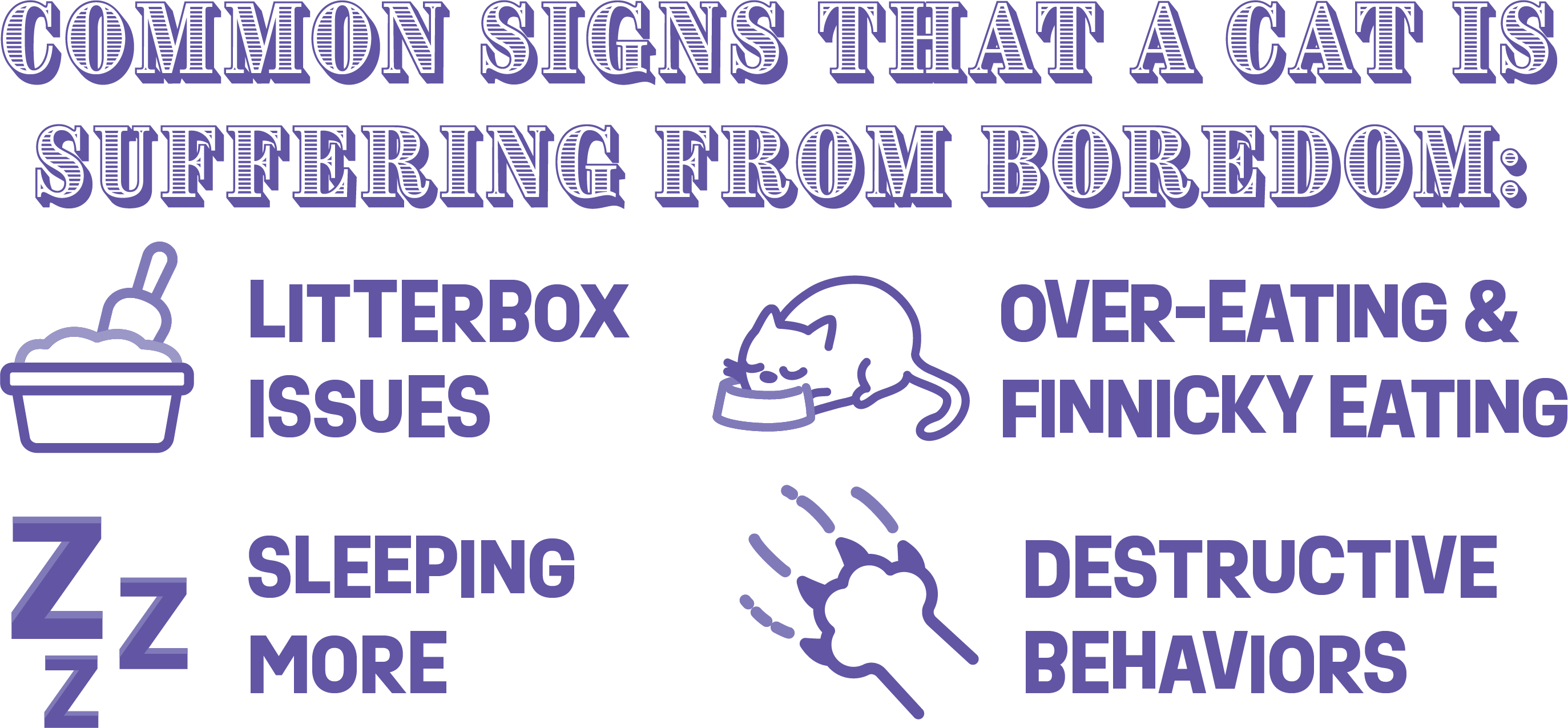

 s professional pet stylists, we wear many hats for our customers. They rely on us for information and guidance in every aspect of their pets’ lives. Sometimes we’re the pet groomer, answering all their questions about hygiene and style, and other times our clients turn to us for advice on behavior and how to improve the quality of their pets’ lives. Whichever part of their pet’s life they need help with, as professionals, we need to be informed and ready to assist.
s professional pet stylists, we wear many hats for our customers. They rely on us for information and guidance in every aspect of their pets’ lives. Sometimes we’re the pet groomer, answering all their questions about hygiene and style, and other times our clients turn to us for advice on behavior and how to improve the quality of their pets’ lives. Whichever part of their pet’s life they need help with, as professionals, we need to be informed and ready to assist.
Knowledge is power, and being able to educate your clients will build lasting relationships and customer loyalty, which are the cornerstones of success for any pet stylist. This sentiment is especially true with cat customers. Cats can be very difficult creatures to understand, leaving many cat owners at a loss, and so they turn to their groomers for advice. Cat behavioral issues are more common than you may realize, and most of them stem from boredom.
But why does a pet groomer need to know how to combat cat boredom?
Assisting your clients with solving problems they are having with their pets is not only an excellent way to strengthen your relationship with customers, but it also gives you valuable experience that you may utilize in the future. In my career, I’ve been asked to assist clients with varying issues, and through that process of trial and error in solving the problem, I gained useful information that I can use to help other clients with in the future when they too have issues with their pets that they don’t know how to handle.
Kitty pet parents are often at a loss when it comes to figuring out why their feline’s behavior has changed. Behavioral changes in cats can be an indicator of a variety of issues from medical to environmental, but most often those behavioral changes stem from plain old boredom. Cats are often in situations where they spend vast amounts of time alone. Even in multi-cat households, some cats live a more solitary life, lacking interaction with other pets and often choosing just one family member they prefer to be around. Many housecats live exclusively indoors, which greatly limits their territory, and that alone can create stress for an animal that naturally prefers to roam a larger territory.

Some of the most common signs that a cat is suffering from boredom are litterbox issues, sleeping more than usual, over-eating, finnicky eating and destructive behaviors. The first step when a client notices behavioral changes is a visit to the vet to rule out a medical issue. Once a medical issue can be ruled out, the next step is to move on to enriching the cat’s daily life to battle boredom.

 Cats are often the pet companion of choice because they can be left alone for longer hours than dogs. While this is true, they still need a routine. Cats tend to be creatures of habit and setting a routine schedule for cats can benefit them greatly. Cats don’t do well with a lot of change, so consistency is key to their happiness. Consistent feeding times and a regular routine for the owner will help cats feel more at ease.
Cats are often the pet companion of choice because they can be left alone for longer hours than dogs. While this is true, they still need a routine. Cats tend to be creatures of habit and setting a routine schedule for cats can benefit them greatly. Cats don’t do well with a lot of change, so consistency is key to their happiness. Consistent feeding times and a regular routine for the owner will help cats feel more at ease.
 Mental stimulation is an excellent way to battle a cat’s boredom issue. There are many easy and fun ways to stimulate their senses and create activities that satisfy a cat’s natural instincts and behaviors. For example, scratching posts are not just a place for cats to sharpen their claws. The behavior of scratching is a stress reliever and a way to mark their territory. Scratching posts come in many forms, shapes and sizes—there are vertical towers, horizontal boards, doorknob hangers and some are even infused with catnip for extra appeal to a bored kitty. Placing the post where the cat prefers to scratch and not just where it’s convenient increases the chance of the cat using it and helps to deter them from using furniture as an alternative.
Mental stimulation is an excellent way to battle a cat’s boredom issue. There are many easy and fun ways to stimulate their senses and create activities that satisfy a cat’s natural instincts and behaviors. For example, scratching posts are not just a place for cats to sharpen their claws. The behavior of scratching is a stress reliever and a way to mark their territory. Scratching posts come in many forms, shapes and sizes—there are vertical towers, horizontal boards, doorknob hangers and some are even infused with catnip for extra appeal to a bored kitty. Placing the post where the cat prefers to scratch and not just where it’s convenient increases the chance of the cat using it and helps to deter them from using furniture as an alternative.
Another great mind-stimulating activity is creating a way for a cat to “hunt.” Rather than offering dry food in their bowl, divide the meal into several smaller portions and hide them in easily accessible places around the home. Add a treat to the mix to make it even more appealing and let their keen sense of smell and their natural curiosity lead them to the hidden treasures.

 Cats aren’t like dogs when it comes to toys. Filling a basket with toys will not stimulate a cat to play with them. Cats like to stalk and chase, not grab toys from a basket. Choose interactive toys that move or that you play with along with your cat. Some cats are stimulated by small objects that resemble a rodent while others react with more enthusiasm for toys that have real feathers. Getting your cat to stalk, pounce, and chase a toy that you control is a great way to stimulate their minds and burn calories at the same time. There are many fun and interactive toys that wobble and move around in erratic patterns, which entice cats to stalk and pounce onto. Solo toys that require the cat to put into motion can be placed around the home for them to discover and play with. These toys should be swapped out every few days to avoid the cat becoming disinterested in them.
Cats aren’t like dogs when it comes to toys. Filling a basket with toys will not stimulate a cat to play with them. Cats like to stalk and chase, not grab toys from a basket. Choose interactive toys that move or that you play with along with your cat. Some cats are stimulated by small objects that resemble a rodent while others react with more enthusiasm for toys that have real feathers. Getting your cat to stalk, pounce, and chase a toy that you control is a great way to stimulate their minds and burn calories at the same time. There are many fun and interactive toys that wobble and move around in erratic patterns, which entice cats to stalk and pounce onto. Solo toys that require the cat to put into motion can be placed around the home for them to discover and play with. These toys should be swapped out every few days to avoid the cat becoming disinterested in them.
 Cats have excellent vision and they love to observe their surroundings, especially the outdoors. Cats love to peer out the window and watch birds, insects and even wind-blown leaves. Adding a window perch provides a cat with an elevated vantage point to survey their territory and the surrounding area, which puts a cat at ease because they are aware of what’s around them, making them feel more confident. This also gives them a comfortable place to take a nap while basking in the warmth of the sun, which cats absolutely love to do.
Cats have excellent vision and they love to observe their surroundings, especially the outdoors. Cats love to peer out the window and watch birds, insects and even wind-blown leaves. Adding a window perch provides a cat with an elevated vantage point to survey their territory and the surrounding area, which puts a cat at ease because they are aware of what’s around them, making them feel more confident. This also gives them a comfortable place to take a nap while basking in the warmth of the sun, which cats absolutely love to do.
 Cats are predators and it’s in their nature to move about stealthily. Cats prefer to walk under or behind furniture and other household items as a way to hide themselves. Providing hiding spaces is easy and beneficial at the same time. Place a cat’s favorite blanket or bed in a space where they can feel protected and hidden away from noise and busy family activities. Common household items can also be used as hiding spaces while providing some fun activities for the cat to enjoy. Cardboard boxes are an inexpensive and easy way to create fun hiding spots for cats. Sprinkle a little catnip inside for an extra incentive to explore the box and watch them roll around the box with pure joy.
Cats are predators and it’s in their nature to move about stealthily. Cats prefer to walk under or behind furniture and other household items as a way to hide themselves. Providing hiding spaces is easy and beneficial at the same time. Place a cat’s favorite blanket or bed in a space where they can feel protected and hidden away from noise and busy family activities. Common household items can also be used as hiding spaces while providing some fun activities for the cat to enjoy. Cardboard boxes are an inexpensive and easy way to create fun hiding spots for cats. Sprinkle a little catnip inside for an extra incentive to explore the box and watch them roll around the box with pure joy.
 Sometimes cats thrive from having a companion other than the owner. If a cat suffers from boredom and spends long hours alone, perhaps considering a second pet may help the situation. If a second pet is not an option, maybe a friend, neighbor or pet sitter is the perfect alternative. Having someone stop by when no one is home breaks up the loneliness and provides a distraction from their solitary day.
Sometimes cats thrive from having a companion other than the owner. If a cat suffers from boredom and spends long hours alone, perhaps considering a second pet may help the situation. If a second pet is not an option, maybe a friend, neighbor or pet sitter is the perfect alternative. Having someone stop by when no one is home breaks up the loneliness and provides a distraction from their solitary day.
Providing your clients with these helpful tips will enrich their pets’ lives as well as the life of the owner. With your input, you and your clients can work together to help their pets live their best lives while positioning yourself as an informed and skilled professional.

